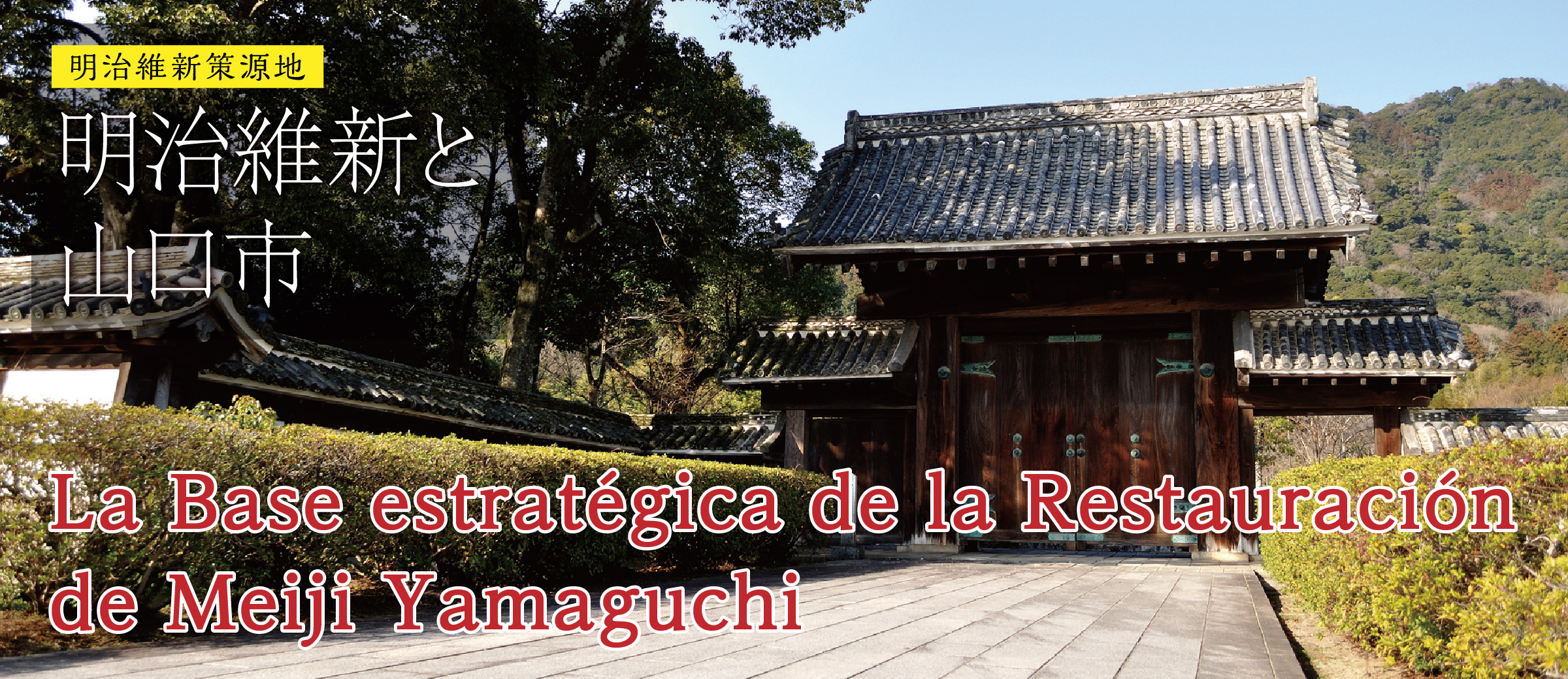
Japan's modern army was founded by Masujiro Omura, a general who took the revolutionary step of recruiting peasants and workers not just samurai.

Foreign military systems were studied, foreign advisers were brought in, and Japanese cadets sent abroad to European and United States military and naval schools. Much concerned about national security, the leaders made significant efforts at military modernization, which included establishing a small standing army, a large reserve system, and compulsory militia service for all men. On January 1, 1873, Japan finally adopted the Gregorian calendar which was used from then on side by side with the old system of the reign years of Emperors. Telegraph cable links were established between all major Japanese cities and the Asian mainland and railroads, shipyards, munitions factories, mines, textile manufacturing facilities, factories, and experimental agriculture stations were built. Meiji leaders "wisely grasped the essence of Western science and technology was based on analysis and empirical evidence, not moral axioms and seniority." Universities open to all citizens were established a new education and banking system was adopted and modern weaponry, trains and telegraphs were imported from the West. Of these all but 12 were destroyed in World War II. In 1873, the Meiji government ordered the destruction of 144 castles, leaving only 39 left. Meiji reforms included requiring former samurai to cut their topknots (only sumo wrestlers were allowed to keep them) dismantling of castles and moving of the Imperial capital from Kyoto to Edo and renaming it Tokyo (meaning "eastern capital"). Private ownership was legalized, deeds were issued, and lands were assessed at fair market value with taxes paid in cash rather than in kind as in pre-Meiji days and at slightly lower rates.
#Play road rash pc online series
Additionally, between 18, a series of land and tax laws were enacted as the basis for modern fiscal policy. Actually helping to perpetuate social distinctions, the government named new social divisions: the former daimyo became nobility, the samurai became gentry, and all others became commoners. To achieve these reforms, the old Tokugawa class system of samurai, farmer, artisan, and merchant was abolished by 1871, and, even though old prejudices and status consciousness continued, all were theoretically equal before the law. The people needed more time for productive pursuits while correcting social abuses of the past. In addition to the old high rents, taxes, and interest rates, the average citizen was faced with cash payments for new taxes, military conscription, and tuition charges for compulsory education.

As part of the Meiji Reforms samurai were required to cut their topknotsĭifficult economic times, manifested by increasing incidents of agrarian rioting, led to calls for social reforms.


 0 kommentar(er)
0 kommentar(er)
